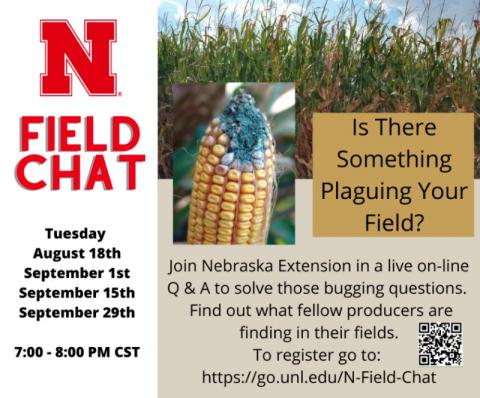Degree-days for Prediction of Western Bean Cutworm Flight
June 21, 2022
Measuring the amount of heat between an upper and lower threshold to which an insect has been exposed, degree-days models can provide a high level of precision in predicting western bean cutworm peak flight.
Soybean Gall Midge Emergence at Several Sites in Nebraska
June 10, 2021
On June 8 and 9, several sites in east-central and northeast Nebraska recorded emergence of soybean gall midge adults. Growers should consider making field edge applications now.
What is This Insect?
April 14, 2021
A very common sight in Nebraska, aphid mummies are a small but important insect for local crops. Find out what they are and why they matter.
Avoiding Injury from Seed Corn Maggot
April 7, 2021
For producers concerned about seed corn maggot, these recommendations could help reduce injury in soybean fields this year.
Soybean Gall Midge Updates and Tools for 2021
March 17, 2021
A new webinar series aims to help growers with identification, biology and current management strategies for soybean gall midge as it continues to spread across the Midwest.
Woolly Bears in Late Maturing Soybean Fields
September 24, 2020
High numbers of woolly bear caterpillars are reported in some soybean fields in south central Nebraska. Pay particular attention to late maturing soybean fields. These act as a magnet for woolly bear caterpillars and many other insects.
#NField Observations and Chats – New Program Series From Nebraska Extension
August 14, 2020
We are expanding the N Field Observations & introducing “N Field Chat” sessions starting this Tuesday August 18 at 7 pm. N Field Chat is a live question & answer session on-line with experts from Nebraska Extension including both specialists & educators from throughout the state.
Western Bean Cutworm Flight Predictions for 2020
June 17, 2020
The growth stage of corn during WBC flight is critical as moths prefer to lay their eggs on corn plants between the late whorl to early tassel stage. Survival of young WBC larvae is highest if they can feed on newly emerged tassel prior to moving into the ears.








